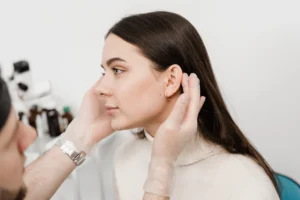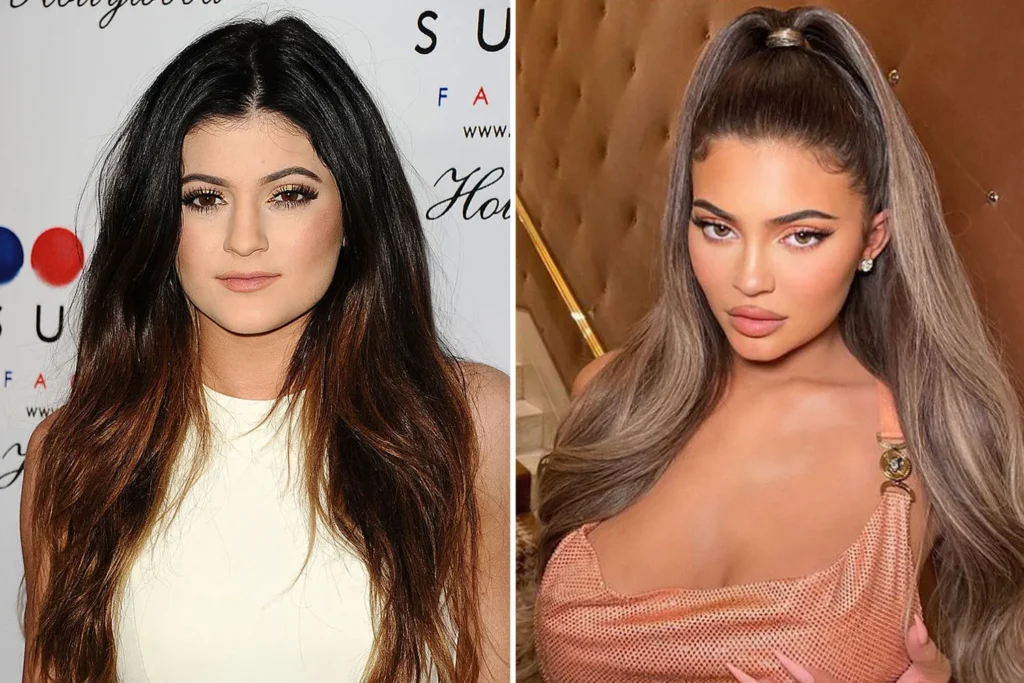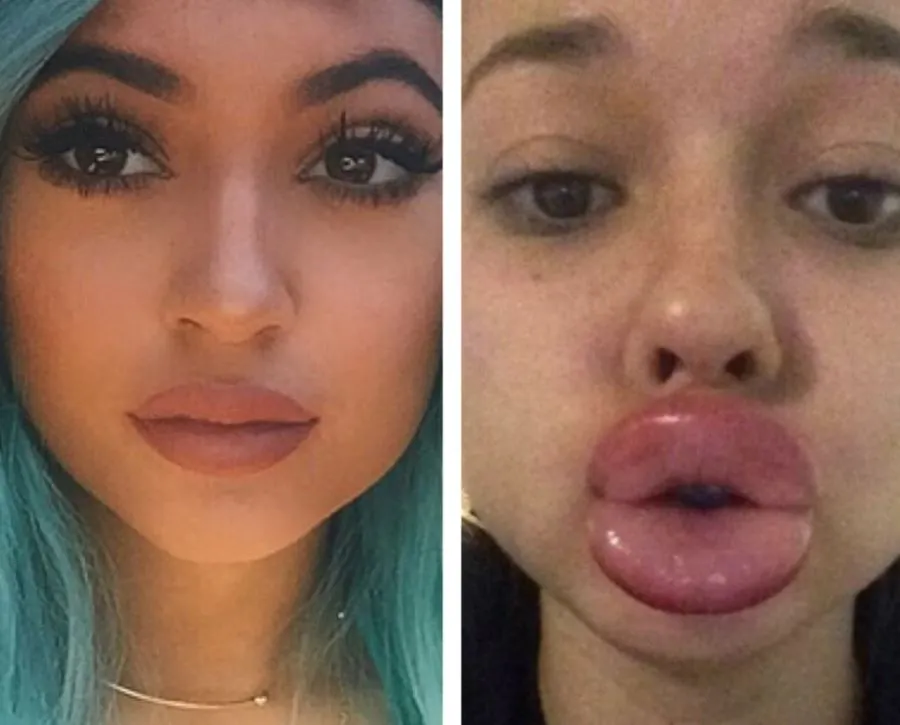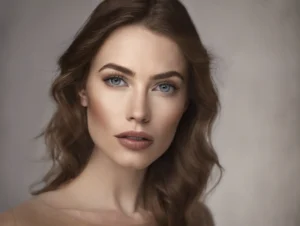

Overfilled Lips, Kylie Jenner, and the Rise and Fall of the Duck Lip Selfie
In recent years, lip fillers have become one of the most popular cosmetic enhancements worldwide, fueled by social media trends, celebrity influence, and the desire for a “perfect” selfie. In his video titled “Overfilled Lips, Kylie Jenner and the Rise and Fall of the Duck Lip Selfie,” Dr. Paul delves into the lip filler phenomenon, breaking down its evolution, the dangers of overfilling, and the lessons learned from the trend’s rise to fame.
The Birth of the Lip Filler Trend
Lip fillers, particularly hyaluronic acid-based injectables, revolutionized cosmetic procedures in the 1990s. As Dr. Paul explains, Restylane, introduced in 1996, was the first non-animal-based lip filler, eliminating the allergy risks associated with previous products made from animal collagen. Its affordability and accessibility quickly made it the gold standard for lip augmentation. By the early 2000s, lip fillers became mainstream, and with the FDA’s approval of various products, they became widely available not only to celebrities but to the public as well.
Kylie Jenner’s Impact on Lip Fillers
One cannot discuss the modern lip filler trend without mentioning Kylie Jenner, a key figure in its explosion of popularity. In 2013, Jenner’s lips began to noticeably change, sparking public curiosity and eventually leading to her admission that she had undergone lip filler procedures. Her bold new look became a sensation, particularly among younger women who admired her confidence and beauty. Dr. Paul highlights how Jenner’s transformation was not just a cosmetic choice but a pivotal moment that helped launch her billion-dollar brand, Kylie Cosmetics, built on lip kits that allowed fans to emulate her signature pout.
Jenner’s lip journey, however, is also a cautionary tale about the dangers of overdoing cosmetic procedures. As her lips became increasingly voluminous, the trend of exaggerated lips—dubbed “duck lips”—took over Instagram and other social media platforms. Young women flocked to cosmetic clinics in pursuit of fuller, plumper lips, but as Dr. Paul points out, many did not understand the potential consequences of these procedures.

The Role of Social Media and Selfies
Dr. Paul discusses how social media, smartphones, and selfies have collectively distorted our perception of beauty. With the rise of Instagram and the iPhone, the selfie became a dominant cultural force. However, selfies taken with close-up smartphone cameras can distort facial features, particularly the lips, making them appear larger than they are in reality. This distortion, Dr. Paul notes, has led many women to believe that their lips were too small or disproportionate, driving them to seek out lip fillers to achieve a more “ideal” appearance.
This feedback loop between social media, distorted images, and cosmetic enhancement created a perfect storm for the overfilled lip trend. As influencers and celebrities showcased their plump pouts online, everyday women felt pressure to follow suit, often opting for more filler than necessary. Dr. Paul points out that the accessibility of lip fillers—sometimes available through unqualified practitioners—fueled the trend even further, leading to poor outcomes for many.
The Fall of the Duck Lip
Like most trends, the overfilled lip eventually lost its appeal. By 2018, Kylie Jenner herself had her lip filler dissolved, signaling the end of the extreme “duck lip” era. Dr. Paul explains that this was a turning point, as more women began to realize the dangers of overfilling and the importance of natural aesthetics. Jenner’s decision to scale back her lip enhancements reflected a broader cultural shift toward more subtle, refined beauty standards.

The Dangers of Overfilling
One of the key messages in Dr. Paul’s video is the risk associated with overfilling the lips. Injecting too much filler, particularly by untrained or underqualified practitioners, can lead to serious complications. Blocked blood vessels, tissue damage, and even permanent disfigurement are potential outcomes of poorly performed lip injections. Dr. Paul stresses the importance of understanding anatomy and ensuring that treatments are performed by licensed professionals with experience in cosmetic procedures.
Additionally, Dr. Paul references a viral video that showed an MRI scan of a patient who had undergone multiple filler treatments. The scan revealed that instead of dissolving as advertised, the filler had accumulated over time, increasing in volume and distorting the patient’s facial structure. This highlights the need for patients to be cautious and well-informed about the longevity of fillers and the potential for unintended consequences.
Conclusion: The Future of Lip Fillers
As the lip filler trend continues to evolve, Dr. Paul advocates for a more thoughtful approach to cosmetic enhancements. He encourages patients to seek natural-looking results, take before-and-after photos for reference, and consider dissolving filler if necessary. The rise and fall of the “duck lip” serves as a reminder that beauty trends are fleeting, but the impact of cosmetic procedures can last for years.
For those considering lip fillers, Dr. Paul’s advice is clear: prioritize safety, moderation, and expert guidance to avoid the pitfalls of overfilling and distorted beauty standards.
Related Posts


